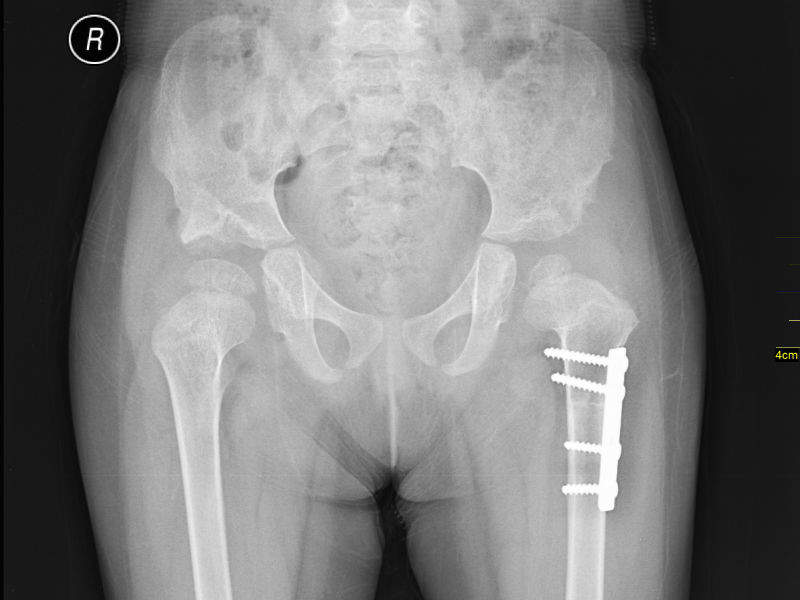
A long-term follow-up study conducted in Australia has confirmed that hip implants which contain crossed-linked polyethylene (XLPE) substantially lower the risk of a patient requiring revision surgery after a total hip replacement.
The study has been published in The Journal of Bone & Joint Surgery and was conducted by Australian Orthopaedic Association National Joint Replacement Registry professor Richard de Steiger and his colleagues. They wrote: “The use of XLPE has resulted in a significant reduction in the rate of revision at 16 years following total hip arthroplasty for osteoarthritis.”
Implants which contain conventional polyethylene (CPE) components were found to wear more and have a lower longevity than the XLPE implants. The researchers think the superior durability of XLPE implants could make total hip replacement more viable in younger patients.
Cross-linking is a process which involves polyethylene molecules being bonded together to strengthen the material.
The study involved over 240,000 patients with hip osteoarthritis who underwent total hip replacement in Australia between 1999 and 2016. Implants with an XLPE-bearing surface were used in around 199,000 procedures, while implants with CPE bearings were used in 41,000 procedures.
Revision rates were found to be substantially lower in patients with XLPE bearings, as early as six months after hip replacement. Over 16 years, the cumulative rate of revision surgery was 11.7% in the CPE group compared to 6.2% in the XPLE group.
After adjustment for other risk factors, patients with CPE implants were around three times more likely to have revision surgery after nine years. Wear of the bearing surface revisions occurred in 0.81% of procedures that used CPE and 0.05% of procedures that used XLPE.
At seven years, younger patients with CPE hip prostheses were about five times more likely to need revision surgery.
De Steiger and his colleagues concluded: “Wear-related and implant-longevity issues are particularly important in younger patients, who are generally more active and have a longer life span than their older counterparts.
“We believe that the evidence of reduced long-term wear with XLPE is now so strong that, when a polyethylene bearing surface is used in THA, it should be XLPE, particularly in younger patients.”



